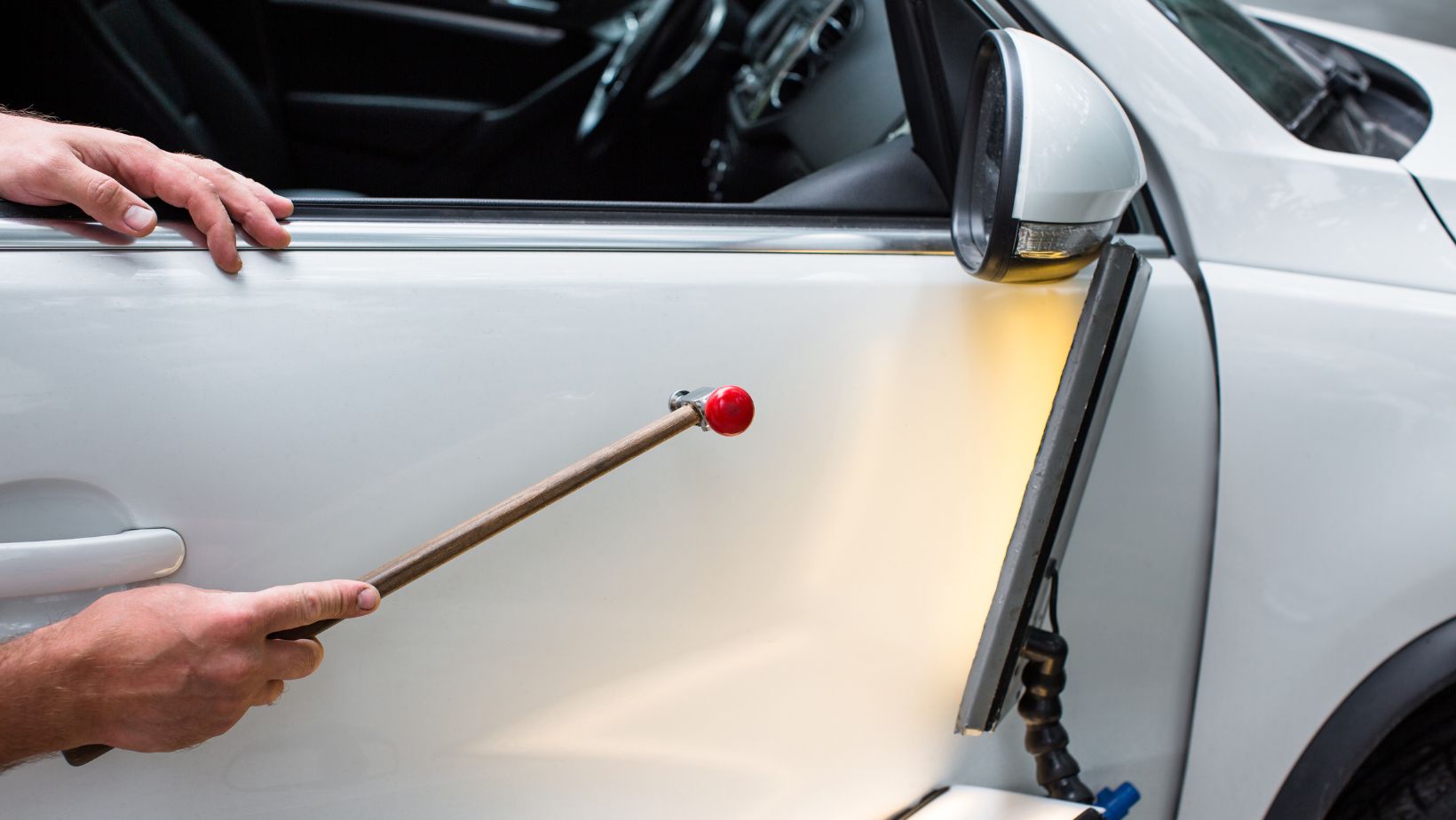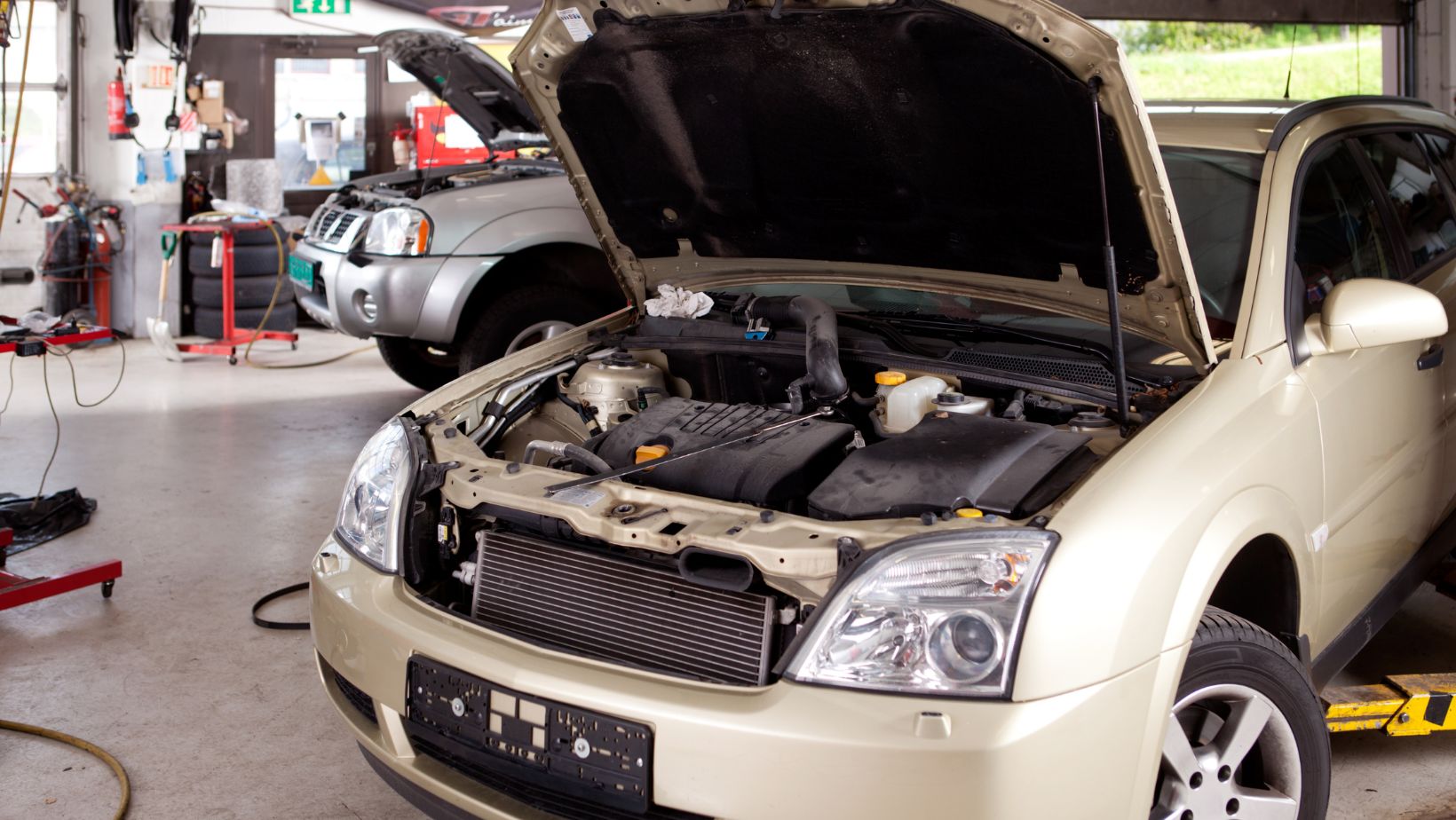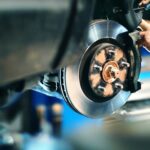When it comes to car repairs, one common issue that many vehicle owners face is damage to the metal sheet. Whether it’s a small dent or a major collision, dealing with damaged metal can be both frustrating and costly. However, there are solutions available for repairing car metal sheets that can help restore your vehicle’s appearance and structural integrity.
One option for repairing car metal sheets is through the use of specialized tools and techniques such as paintless dent repair (PDR). This method involves gently massaging out dents from the backside of the panel without the need for traditional bodywork or repainting. PDR is often used for minor dents caused by hailstorms, parking lot mishaps, or other small incidents.
Car Repair Metal Sheet
Priming the Metal Sheet Surface
When it comes to achieving a professional finish in metal sheet repairs, one of the crucial steps is priming the surface. By applying a high-quality primer, you create a smooth and even base that not only helps the paint adhere better but also provides added protection against rust and corrosion.
Here are some tips to keep in mind when priming your metal sheet:
- Clean and Prep: Before applying any primer, make sure to thoroughly clean the metal sheet surface to remove any dirt, grease, or old paint. Use a degreaser or solvent-based cleaner followed by sanding with fine-grit sandpaper to ensure proper adhesion.
- Choose the Right Primer: Select a primer specifically designed for use on metal surfaces. Look for products labeled as “metal etching” or “self-etching” primers as they provide excellent adhesion and promote long-lasting results. Additionally, consider using an epoxy-based primer for enhanced durability.
- Apply Thin Coats: When applying the primer, remember that thin coats are key. Aim for multiple light coats rather than one heavy coat to avoid drips and achieve an even finish. Follow the manufacturer’s instructions regarding drying times between coats.
Sanding and Smoothing Out Imperfections
To achieve a flawless result in your metal sheet repairs, meticulous sanding is essential. It helps smooth out imperfections such as dents, scratches, and rough patches before moving on to painting or applying body filler.
Consider these tips while sanding your metal sheet:
- Start with Coarser Grits: Begin with coarser grit sandpaper (around 80-120 grit) to remove any major imperfections or high spots on the surface of the metal sheet gradually. As you progress towards finer grits (220-400), focus on achieving smoother transitions between repaired areas and the surrounding metal.
- Use a Sanding Block: Utilize a sanding block or a sanding tool with a firm, flat surface to ensure even pressure distribution. This helps prevent uneven sanding and allows you to maintain control over the process.
- Check for Smoothness: Regularly inspect the sanded surface by running your hand over it. If you can feel any bumps or roughness, continue sanding until it feels smooth and seamless.

Applying Body Filler for Seamless Repairs
Body filler, also known as automotive putty or bondo, is an essential material in achieving seamless repairs on metal sheets. It helps fill in gaps, dents, and other imperfections, leaving behind a smooth surface ready for painting.
Consider these tips when applying body filler:
- Follow Mixing Instructions: Follow the manufacturer’s instructions carefully when mixing the body filler. Ensure that you achieve the right consistency before application to ensure optimal adhesion and workability.
- Apply Thin Layers: Apply thin layers of body filler gradually rather than attempting to fill deep defects all at once. Building up in layers allows for better control and easier feathering of edges.
- Feather Edges Smoothly: Feather out the edges of filled areas using fine-grit sandpaper (around 220 grit) to blend them seamlessly with the surrounding metal sheet. Take your time during this step to achieve a flawless transition that will be virtually undetectable after painting.
By following these tips for achieving a professional finish in metal sheet repairs – from priming the surface properly to meticulous sanding and skillful application of body filler – you’ll be well on your way to restoring your car’s exterior like an expert! Preventing Future Damage to Your Car’s Metal Sheets







































